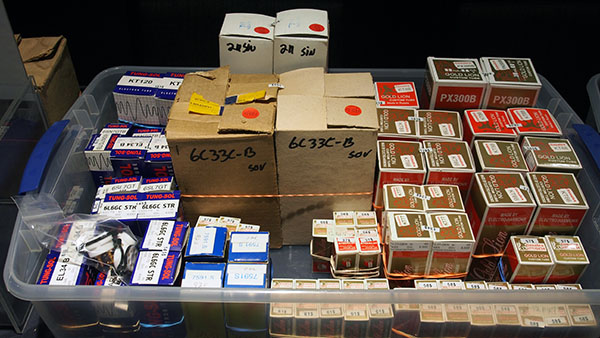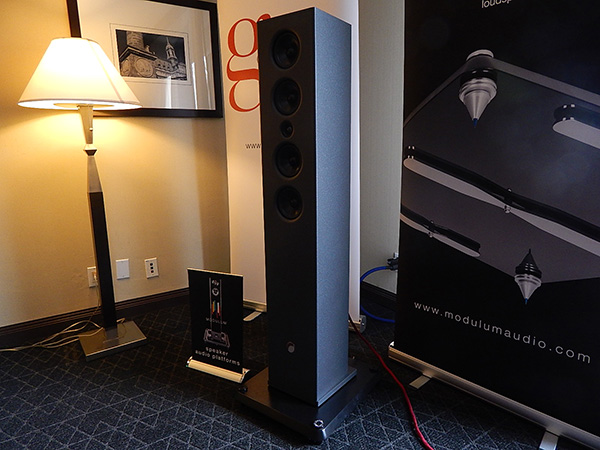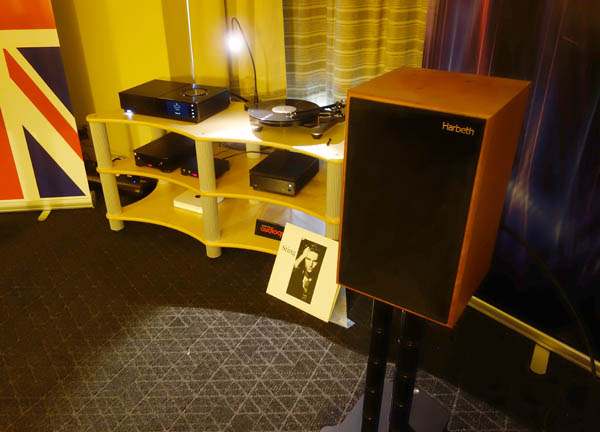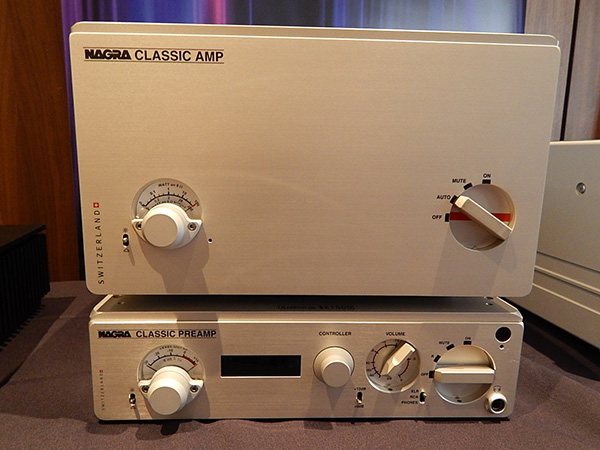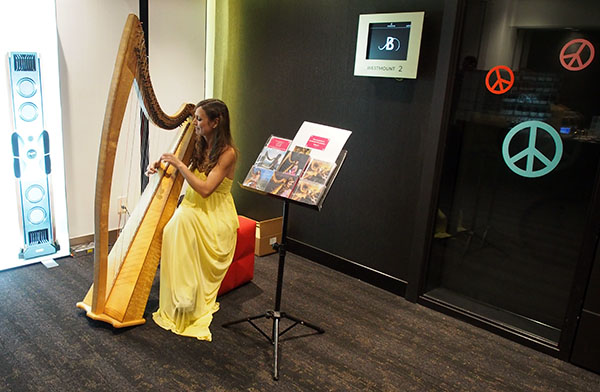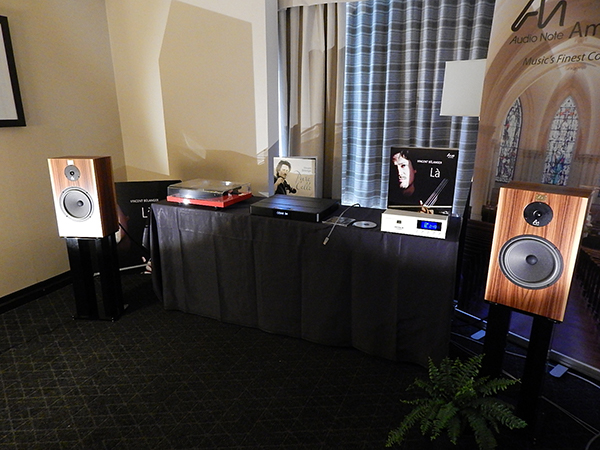Art's Sonic Saturday in Montreal
A few years ago, the Hotel Bonaventure (formerly the Hilton Bonaventure), long the site of the Montreal Audio Fest (formerly Salon Son et Image), turned its sprawling restaurant into a sprawling ballroom called the Ville-Marie salon. For the 2019 Montreal Audio Fest, that room was home to Focal Naim Canada (formerly the distributor known in Canada as Plurison, and in the US as Audio Plus Services.) Daniel Jacques (on the left, with me, in the photo above), who founded Plurison/Audio Plus in 1983, has now sold that company to Vervent Audio Group, which owns Focal and Naim; those brands, including a few othersnamely IsoAcoustics, Cambridge Audio, Musical Fidelity, Siltech, Vicoustic, and Solid Techwill now be handled in Canada by Focal Naim Canada, and, with the exception of Cambridge, in the US by Focal Naim America, also a Vervent subsidiary.
Continue Reading »


